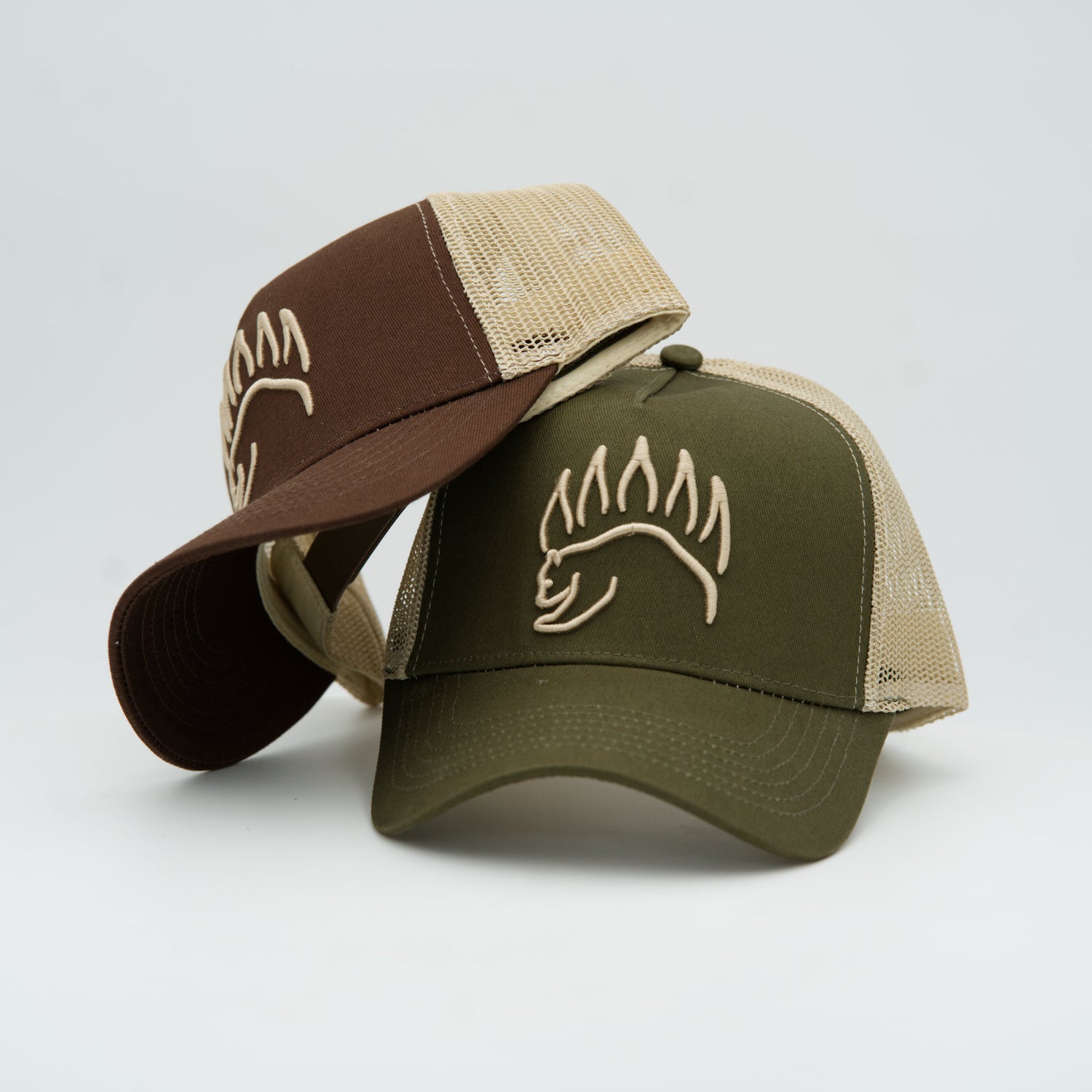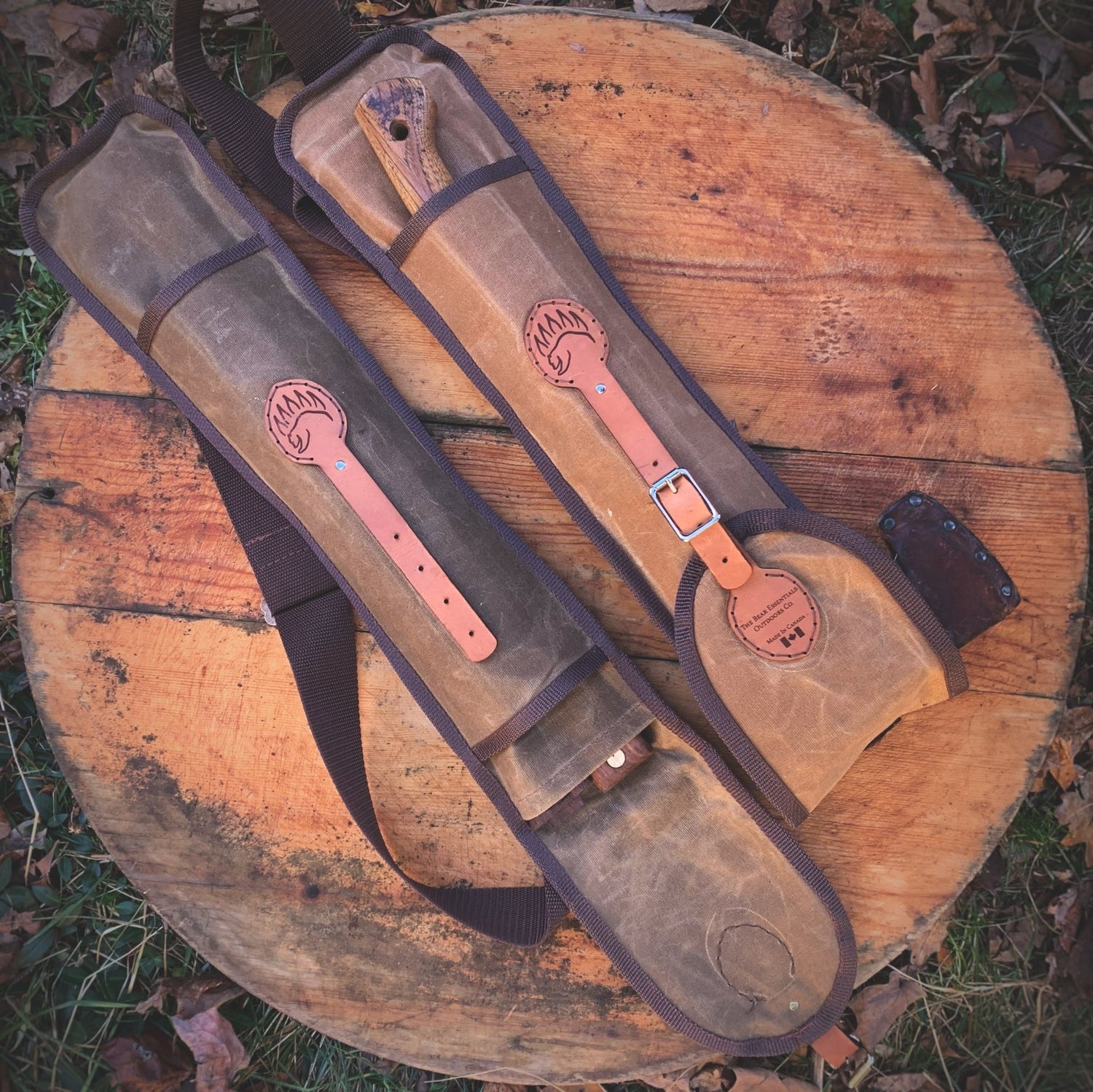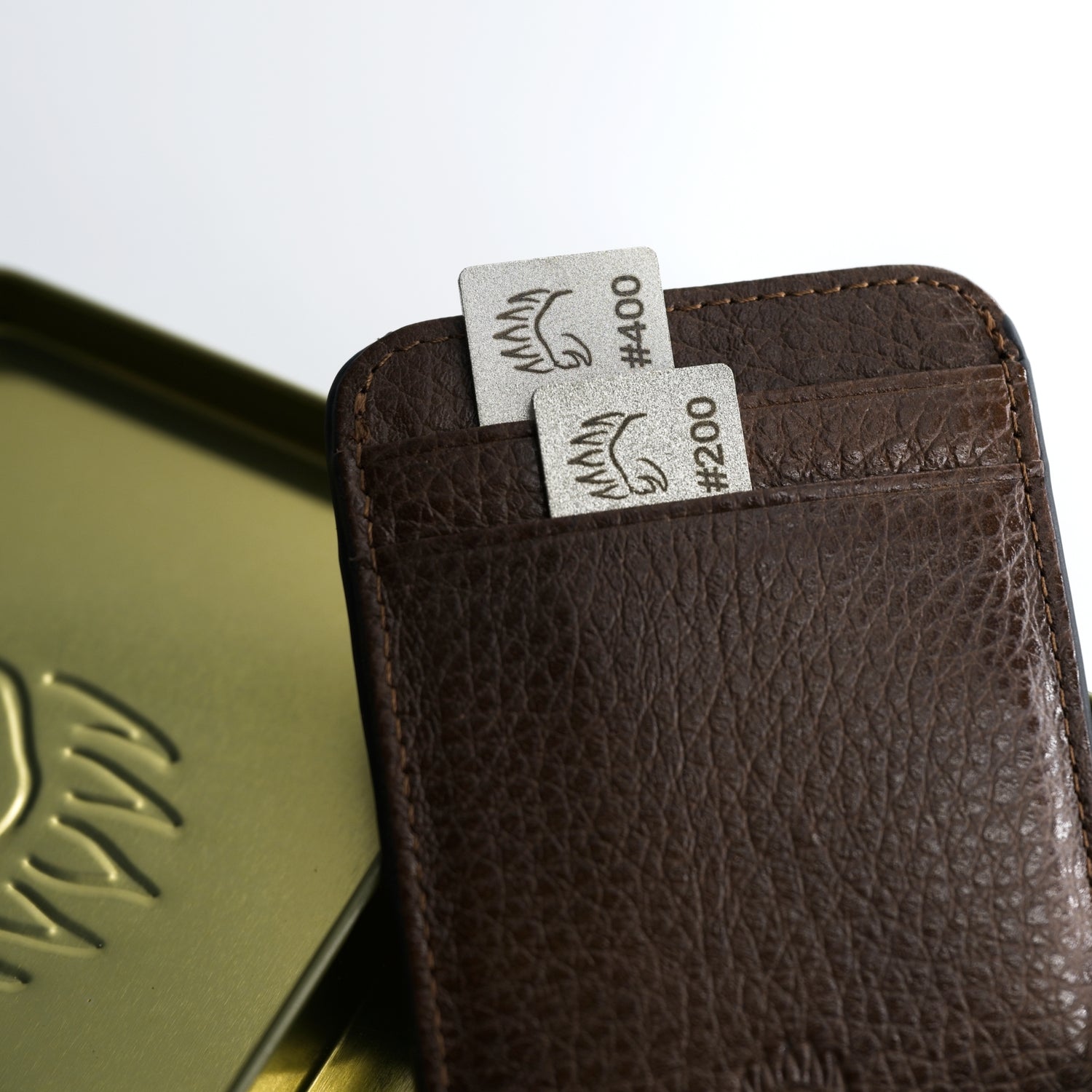This is the BEST shoelace knot I’ve ever come across!
There are a number of close runners up, - The Double Slip Shoelace Knot (AKA Ian’s Secure Shoelace Knot, the Double Wrap Shoelace Knot and the Turquoise Turtle Shoelace Knot.
But the Berluti takes the cake in my eyes, as it’s the best mix of security, ease of tying, and aesthetics!
In this guide I’ll show you how to tie a shoelace step by step (Berluti method), when to pick other “never-comes-loose” options, what laces actually help, and the simple science behind why knots fail in the first place. Consider this your one-stop playbook for shoelaces that stay tied.
The Best Knot For Shoelaces And Why
- My pick: the Berluti shoelace knot (a.k.a. Parisian knot). It’s a balanced bow with extra turns that add friction and protect the release. Translation: elegant looks + serious security = the best shoe knot for most people.
- Why it works: two opposed loops + additional wraps = more contact area and symmetry. Pulling the loops won’t collapse the knot; only a deliberate pull on both free ends pops it loose.
- If you sprint, cut hard, or need pure lockdown: use Ian’s Secure Shoelace Knot (ultra-reliable for running/kids) or the Surgeon’s Shoelace Knot (maximum bite for boots). Add a heel-lock lacing at the top eyelets if your heel slips.
- Laces matter: waxed or slightly textured flat laces grip best; slick round synthetics are the escape artists of the lace world.
- Science says knots fail for two reasons: every footstrike loosens the base, and the swinging leg yanks the free ends. Secure knots resist both.
What You’re Actually Tying: The Berluti (Parisian) Shoelace Knot
The Berluti knot comes from the luxury shoemaker Berluti, who popularized a symmetrical, low-profile bow that doesn’t come undone during a long day (and looks fantastic with clean quarters and straight caps).
The brand’s how-to lines up with what I teach: build a balanced bow, add controlled friction in the middle, and guard the release so loops tugging around won’t unravel it.
That combo makes it the rare knot that’s both handsome and hard to shake loose—ideal if you want to tie shoelaces nicely without babysitting them.
Where the Berluti shines:
- Dress shoes: low, neat bow that stays centered.
- Casual sneakers: tidy profile; won’t flap during daily miles.
-
Boots & skates: add a beefier setup at the start (see the “work-duty upgrade” below) and enjoy firm, long-lasting tension.
You’ll sometimes see the Berluti/Berludi/Berlin knot floating around. We’ll stick with Berluti—the brand’s own tutorial is the north star if you need a reference image.
The Science: Why Shoelace Knots Come Undone
If you’ve ever tied tightly and still watched your bow droop, it’s not you—it’s physics and repetitive motion. In 2017, mechanical engineers filmed runners in slow motion and found a two-step failure: impact from the footstrike loosens the base, then the swing of the leg yanks the free ends like someone pulling the “ripcord.” All common laces showed this behavior. Secure knots win by keeping the base balanced and adding friction so those incidental tugs don’t have an easy path to unravel the bow.
That’s why “granny” bows (unbalanced crossovers) tend to roll and fail, while “reef-style” balanced bows hold their shape. Methods like Berluti, Ian’s Secure, and Surgeon’s increase the wrap count or protect the release so random loop pulls don’t equal auto-untie.
How To Tie the Berluti Shoelace Knot Step-by-Step
You’ll nail this after two or three tries. If you like to learn visually, keep a reference handy from Berluti or Kirby Allison while you practice—your muscle memory will lock fast.
- Start the base: Left lace over right, wrap through, and snug—just a standard starting knot.
- Make two loops—one in each hand.
- Balance the bow: Cross the loops the opposite direction of your base. If your base was Left-over-Right, now cross Right-over-Left. (This keeps the bow symmetrical and prevents a crooked “granny” result.)
- The Berluti change-up (right side): Feed both the loop and the free end through the center opening front-to-back. Pinch to hold.
- Mirror on the left: Feed the left loop + free end through the middle back-to-front.
- Set and dress: Pull the two loops apart evenly. The middle wraps “bite” and lock; the stronger you set, the tighter those wraps grip.
-
Release on purpose: Instead of yanking loops, pull both free ends together to pop the guarded release cleanly.
You’ve just learned how to tie a shoelace knot that’s low-profile, symmetrical, and stubborn against casual tugs—exactly what we want from the best shoelace knot.
Boot, Skate and Work-Duty Upgrade
When you need serious, long-lasting tension—hiking, skating, heavy work—add one tweak: before you tie the bow, do a double crossover (two turns) in the starting knot. That extra friction prevents the lower rows from feeding slack while you finish the bow. It’s slightly bulkier, so I save it for utility footwear.
If your heel slides (runners, court sports), combine your knot with a heel-lock / runner’s loop at the top eyelets. It cinches the collar around your heel, reducing blister-causing movement—and it plays nicely with Berluti, Ian’s, or Surgeon’s on top.
When To Pick an Alternative “Never-Comes-Loose” Knot
The best knot for shoelaces is the one that matches your movement and lace material. Three top options:
1) Ian’s Secure Shoelace Knot (a.k.a. Double Slip Knot)
My go-to for runners, kids, and anyone who hates re-tying. Symmetrical, simple, and specifically designed not to shake loose. If your day includes sprints, stairs, or playground velocity—pick this.
2) Surgeon’s Shoelace Knot
Think of this as “add one extra wrap through the middle.” It’s the work-boot and hiking favorite because that extra turn jacks up friction dramatically. It’s a little bulkier than Berluti, but on burly laces and eyelets, you won’t notice the difference—only the security.
3) Berluti vs. Ian’s vs. Surgeon’s
- Style priority (dress, minimal bulk): Berluti
- All-round lockdown (running, kids): Ian’s Secure
-
Maximum bite (boots, slick laces): Surgeon’s
Lace Materials and Shapes: Small Tweaks, Big Difference
Tying technique matters—but lace material and shape change everything about how a bow behaves.
- Waxed cotton (flat): the grip king. Wax adds just enough surface friction to help knots “bite” and stay dressed, and flats lay neater than round cords—perfect for dress shoes and office-miles commuting.
- Flat vs round: flats generally resist slipping and stay centered; round, slick synthetics are more likely to work themselves loose unless you upgrade the knot (Surgeon’s), add a heel-lock, or switch to waxed/texture.
-
Length check: too-long laces snag and tug; too short, and you’ll under-wrap. Match lace length to your eyelet count so your chosen best shoe knot can actually do its job.
Common Mistakes and Quick Fixes
- Unbalanced crossover = crooked, failure-prone bow. If your loops point heel-to-toe or the bow lists to one side, you likely tied a “granny.” Always reverse the second crossover relative to the first (reef-style). The Berluti and Ian’s methods bake this in.
- Yanking loops to “tighten.” That collapses many bows. Instead, set the middle wraps first, then dress the loops evenly.
- Dry-cinching slick laces. With slippery synthetics, the wraps can slide while you’re tightening. Pinch the middle, set gradually, and consider swapping to waxed or textured flats if your current laces are Houdini’s cousins.
-
Trying to fix fit with a knot alone. If your heel lifts, use a heel-lock lacing pattern—no knot can replace proper anchoring at the collar.
How To Keep Shoelaces Tied: Quick Playbook
- Pick the right method for the day: Berluti for style + security, Ian’s for pounding miles, Surgeon’s for heavy duty.
- Balance the bow: reverse the second crossover (reef, not granny).
- Add friction where it counts: extra wrap (Surgeon’s) or Berluti’s middle turns—then set the wraps before you dress the loops.
- Anchor the heel when needed: runner’s loop/heel-lock for slippage.
-
Use cooperative laces: waxed flats for life; retire slick, shiny rounds unless you love re-tying.
How To Tie Cool Shoelaces: Style Without the Slip
Styling your laces is fair game - bar-lacing, straight-lacing, contrast colors. Just don’t sabotage security at the finish. Rock the pattern you want, then close with Berluti or Ian’s on top. Add a small, clean loop size and trim ends neatly so your bow sits right where it should.
Best Knot For Shoelaces that Stay Tied: Step-cards
Berluti Knot Method — how to tie Berluti knot
- Start knot (L over R, wrap through) → make two loops → cross loops the opposite way of the base → on the right, pass loop + end through the middle front-to-back → on the left, loop + end back-to-front → pull loops apart to set → pull ends together to release.
Ian’s Secure — best friend for runners
-
Build a standard base → form two loops → cross and pass both loops through the middle → tighten. Symmetrical, compact, stubbornly secure.
Surgeon’s Knot — the boot boss
-
Tie a regular bow but feed the loop through the middle twice before tightening. Extra wrap = extra bite.
Why The Berluti Knot Method Works
That Berkeley study showed the two-hit combo—impact loosens, leg swing tugs. Secure knots either (a) increase friction/turns so those tugs can’t translate into movement or (b) protect the release so pulling loops won’t free the ends. Use a balanced foundation, set your wraps, and you’ve outsmarted the failure mode.
Frequently Asked Questions
What’s the best shoelace knot for most people?
Berluti for clean looks + reliable hold. If you run or play sports, Ian’s Secure tends to be the most set-and-forget. Boots or slick cords? Surgeon’s.
How to properly tie shoelaces so they stay tied?
Use a balanced bow (reverse the second crossover), add friction (Berluti middle wraps or Surgeon’s extra turn), set the wraps before dressing, and anchor heel slip with a runner’s loop if needed.
Why do my shoelaces come untied even when I pull tight?
Impact from walking loosens the base; your leg’s swing pulls the ends. Secure methods resist both; “granny” bows don’t.
Do waxed laces actually help?
Yes. A touch of wax boosts grip so knots stay dressed longer, especially on dress shoes and boots. Pair waxed flat laces with any secure knot for best results.
Is the Berluti knot hard to learn?
No—two practice runs and you’re dialed. Keep a reference image or quick video handy the first time.
The Runner’s Loop (Heel-Lock) in 30 Seconds
If your heel lifts or you blister in the back of the shoe, route each lace through the final unused eyelet on the same side to form two small loops. Cross the laces and pass each end through the opposite loop, then pull downward to snug the collar before finishing with your preferred bow. You’ll feel the difference on the next step—less slip, less rub.
The Best Shoelace Knot: Tie once. Walk away.
Shoelaces shouldn’t run your day. Use Berluti when you want the best shoe knot that’s both sharp and stubborn. Switch to Ian’s Secure when pace and play demand a don’t-ask-questions hold. Go Surgeon’s when leather uppers and round, slick cords try to misbehave. If fit’s the real culprit, lace a heel-lock and keep moving. And if you forget the motion, pull up the Berluti tutorial or Ian’s Secure page for a 20-second refresher—then go live your life without the mid-block re-tie.
P.S. If you want a 3D walkthrough, the knot is in our Knot IQ app—search “Berluti” or “shoelace knot”—and you’ll have it in muscle memory by tomorrow.




